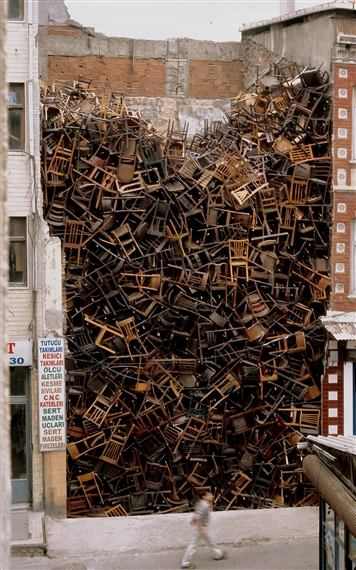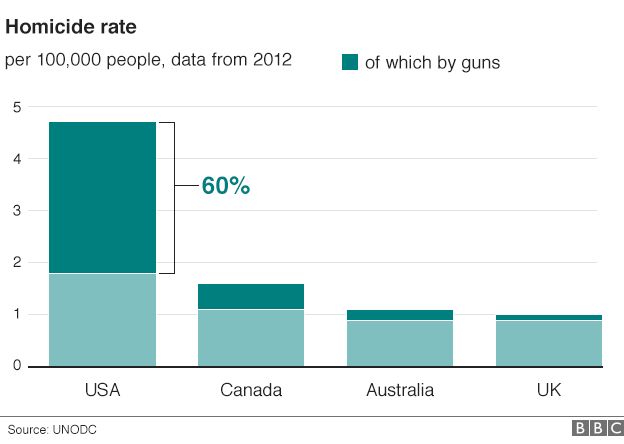Writing a bestseller ‘on the verge of a stroke’
Every four seconds, somewhere in the world, a Lee Child book is sold. This phenomenal statistic places Child alongside Stephen King, James Patterson and J.K. Rowling as one of the world’s bestselling novelists. But what makes the Jack Reacher books so successful? This is one of the questions Andy Martin, a lecturer in French and Philosophy at Cambridge, sets out to answer in this intriguing and uniquely unclassifiable book. Reacher Said Nothing, however, isn’t a work of literary criticism or a how-to guide. Martin contacted Child and asked whether he could observe the entire writing process for the 20th Reacher novel, Make Me. Amazingly, Child said yes.
‘So far I have no title, no real plot…. I don’t have a clue about what is going to happen,’ Child tells Martin on the first day. This, for most novelists, would be a startling admission, especially in crime fiction where plotting is paramount. Martin perches on a couch as Child sits down, lights a cigarette, and begins to write. By the end of the day, Child has smoked 26 Camels, drunk 19 cups of coffee (‘I’m writing on the verge of a stroke,’ he quips) and written 2,000 words.
Throughout the seven months it takes to write the novel, Martin continually questions Child over the choices he makes,
Possible questions:
- "Every four seconds ...". How many books are sold each year?
- How much money does Lee Child make?
- How long is one of his books?
- How many cigarettes and cups of coffee did he consume while writing the book?
Answers:
- There are 365 x 24 x 60 x 60 seconds in a year (31,636,000 seconds). Divide this by 4 to get 7,884,000. Nearly 8 million copies per year.
- This is difficult to answer, because hardback books are more expensive than paperbacks, we don't know how much of the money goes to the publisher, on advertising, on the cost of printing, etc, and how much goes to the author. Presumably it costs different amounts in different countries too. If the author gets 50p per copy then that would be £4 million per year.
- We don't know enough about the writing process. If he writes 2000 words every day for seven months then that is about 420,000 words. If he writes 5 days a week then it would be 5/7 of that (300,000). If half of the time is spent redrafting and rewriting then it would be about half that. I looked up the length of the Harry Potter books. They range from just over 75,000 words to over a quarter of a million words.
- If his consumption was constant and over seven months of 5-day writing weeks then he would consume nearly 4000 cigarettes and nearly 3000 cups of coffee.











